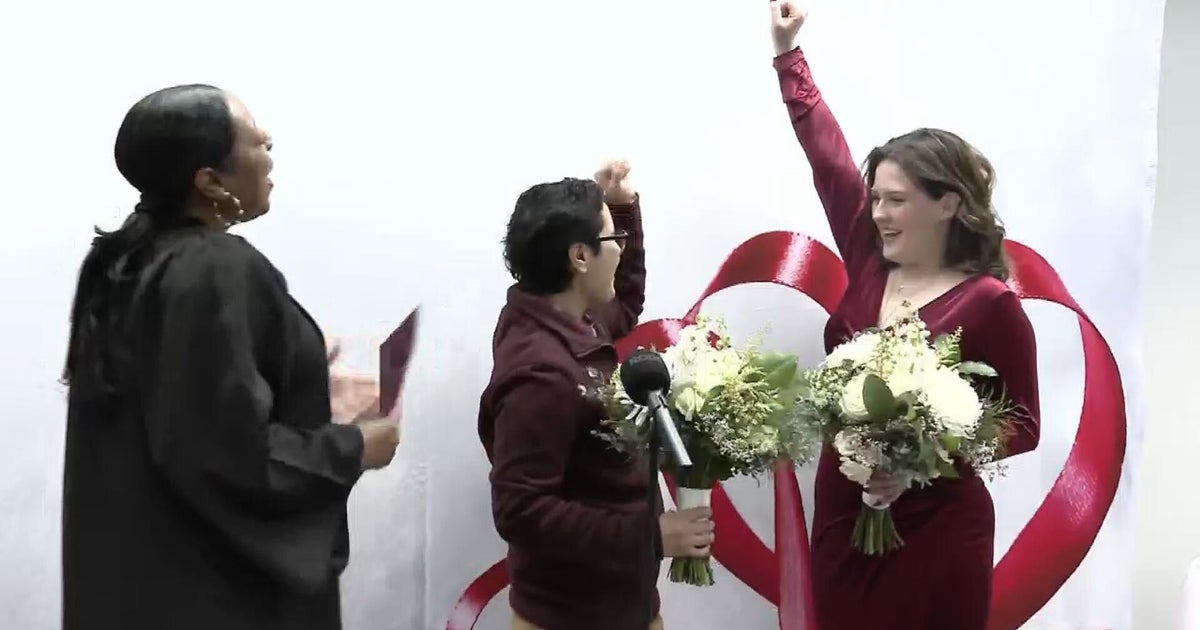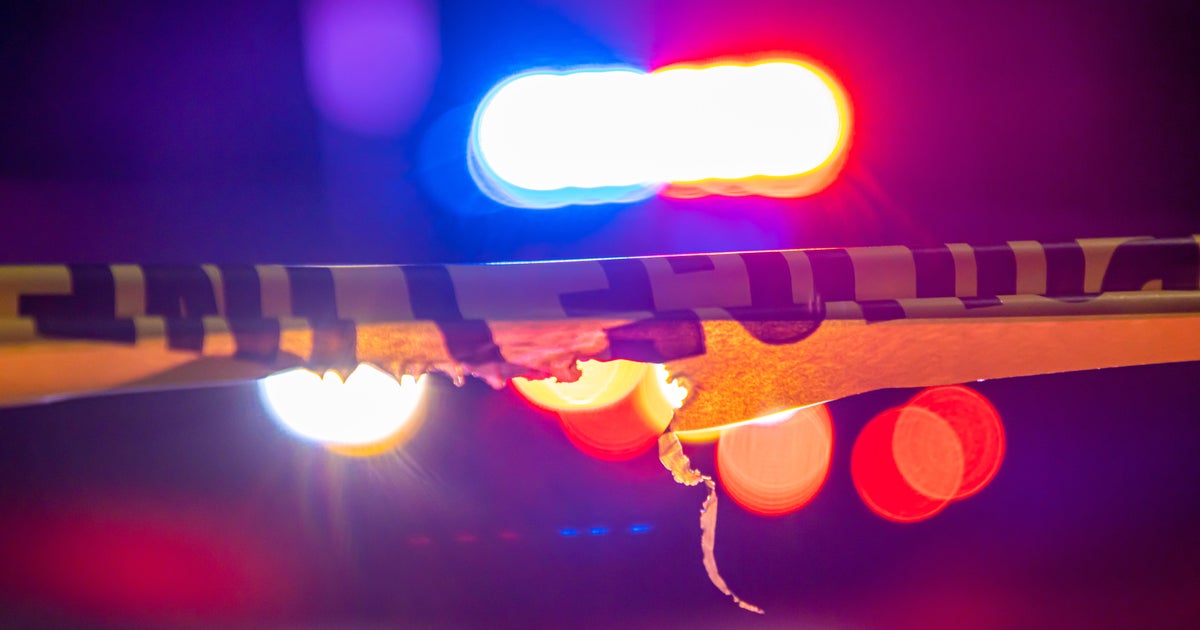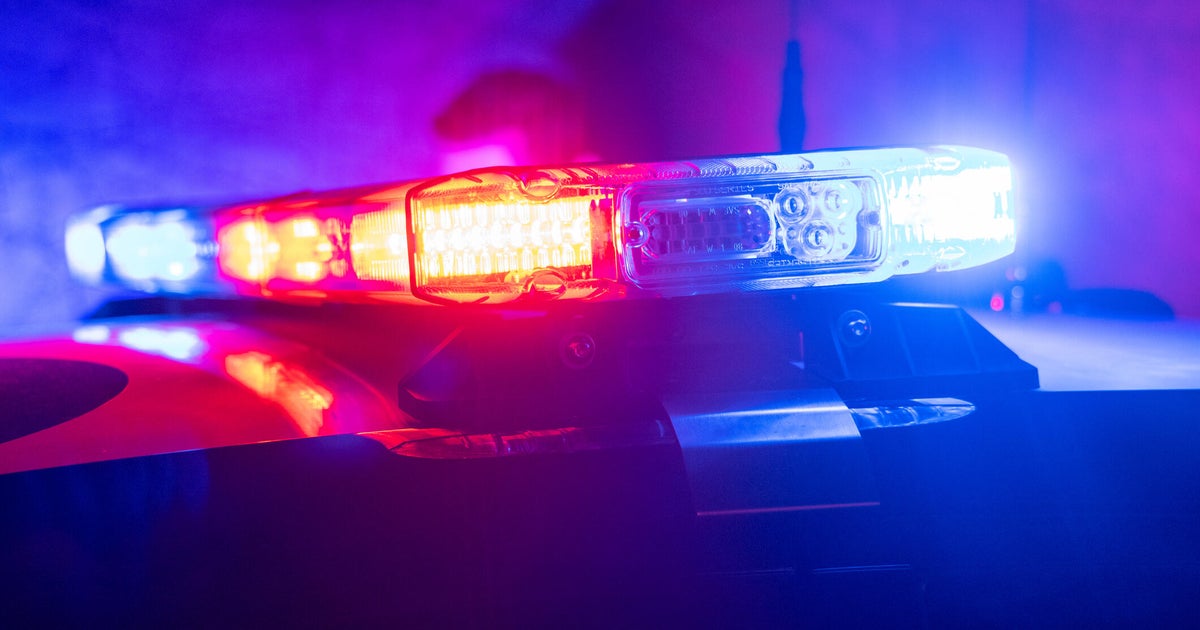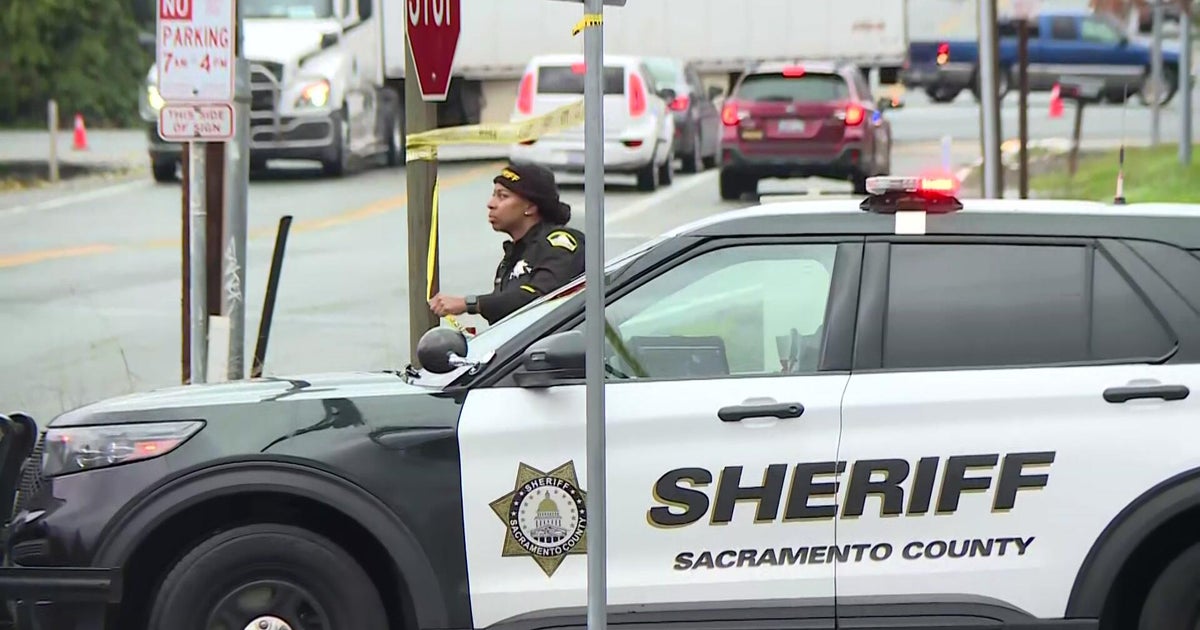John Wayne Gacy Victim Finally Identified Through DNA
Updated 11/29/11 - 8:51 p.m.
CHICAGO (CBS) -- One of the unknown victims of John Wayne Gacy has been identified, more than 30 years after his death at the hands of one of the nation's most notorious serial killers.
WBBM Newsradio 780's John Cody reports that, using DNA technology, investigators were able to determine William George Bundy, who was last seen on October of 1976, was killed by Gacy.
It was the first fruit of Cook County Sheriff Tom Dart's effort to try to identify the eight unknown Gacy victims.
Gacy killed a total of 33 young men in the 1970s. Most of the victims were buried in Gacy's home crawlspace.
LISTEN: WBBM Newsradio's John Cody Reports
Podcast
The break in this case came when investigators got two phone calls with information about Bundy's disappearance.
As CBS 2's Derrick Blakley reports, Bundy's family members long suspected that he was killed by Gacy, but they could never be certain, until now.
Bundy's sister, Laura O'Leary, called with information about her brother, Dart said. Laura and her brother, Robert, then agreed to provide a DNA sample, which was matched with William Bundy's remains. The work was done by the University of North Texas.
"Today's terribly sad, but it is also a day that provides closure," O'Leary said. "We have been waiting for a long time for closure."
William George Bundy was born on October 22, 1957 and was reported missing in October of 1976. It was reported that the night he went missing he was going to a party, he forgot his wallet at home and was never seen again.
Bundy grew up in Chicago in a home on North Claremont Avenue. His sister said he was a good diver and gymnast, with plenty of friends.
O'Leary remembers him as a good diver and gymnast, with plenty of friends.
"All my girlfriends wanted to date him. They didn't ever come over for me, only for him," she said.
But Bundy dropped out of Senn High School and began doing electrical work. Investigators believe he went to work for Gacy's construction company before he disappeared in October 1976.
"I remember him leaving that one night, saying he was going to a party and that was the last time I saw him," O'Leary said.
Two years later, when the bodies of 33 boys and young men were found buried beneath Gacy's home, Bundy's relatives thought he might be among them, but couldn't prove it.
"He was learning to be an electrician and when that happened and I found out that Gacy was a contractor, I just ... I just knew it," O'Leary said.
But the family had no way to confirm that their brother was among the identified victims.
"Bill's mother had come forward, seeking assistance. However, Bill's dentist had retired and the family proceeded to try to find the dentist," Dart said.
"Once they did, they found that the dentist had destroyed all his dental records."
Because dental records were the primary way of identifying human remains at the time, Bundy's body was buried at Resurrection Cemetery as an unknown victim.
But, like the remains of the seven other unidentified victims, they were removed earlier this year and compared to DNA samples submitted by Bundy's sister, and his brother, Robert.
William George Bundy was previously known as Victim No. 19, the number given to him as an identifier because he was the 19th victim removed from Gacy's home crawl space.
"It is a proud day for the office, in particular, our detectives and staff that have been working these leads and cases,'' Dart said. "And to help bring some sort of closure and maybe peace to a family is something we are all hopeful for."
O'Leary said confirmation that her brother was one of Gacy's victims has helped the family gain a sense of closure.
"I know that the sorrow will eventually go away and I'll have a place to visit him," O'Leary said.
The Bundy family has other relatives buried at Resurrection Cemetery and his siblings have visited the cemetery often, never knowing their brother was buried there.
O'Leary said they plan to install a marker at his grave in the spring.
Since Dart set up a hotline for other wondering families last month, investigators have fielded 125 inquiries. Except for the Bundy case, there have been no matches yet.
The detective heading the operation made another discovery some weeks ago.
"Going through old boxes and things like that, I found an envelope containing Gacy's blood," Cook County Sheriff's Det. Jason Moran told CBS 2's Mike Parker.
Moran found three vials of the serial killer's blood and Gacy's DNA has since been sent to the national DNA database.
"Just so it's compared against any other crime scene DNA, just for purposes of completeness," Moran said. "You can't put anything past someone so evil."
Dart and Moran conceded that the chances of linking Gacy's DNA to other unsolved homicides are remote at best, but they believe it is worth the effort to get a final, complete picture of the psychopathic killer.






